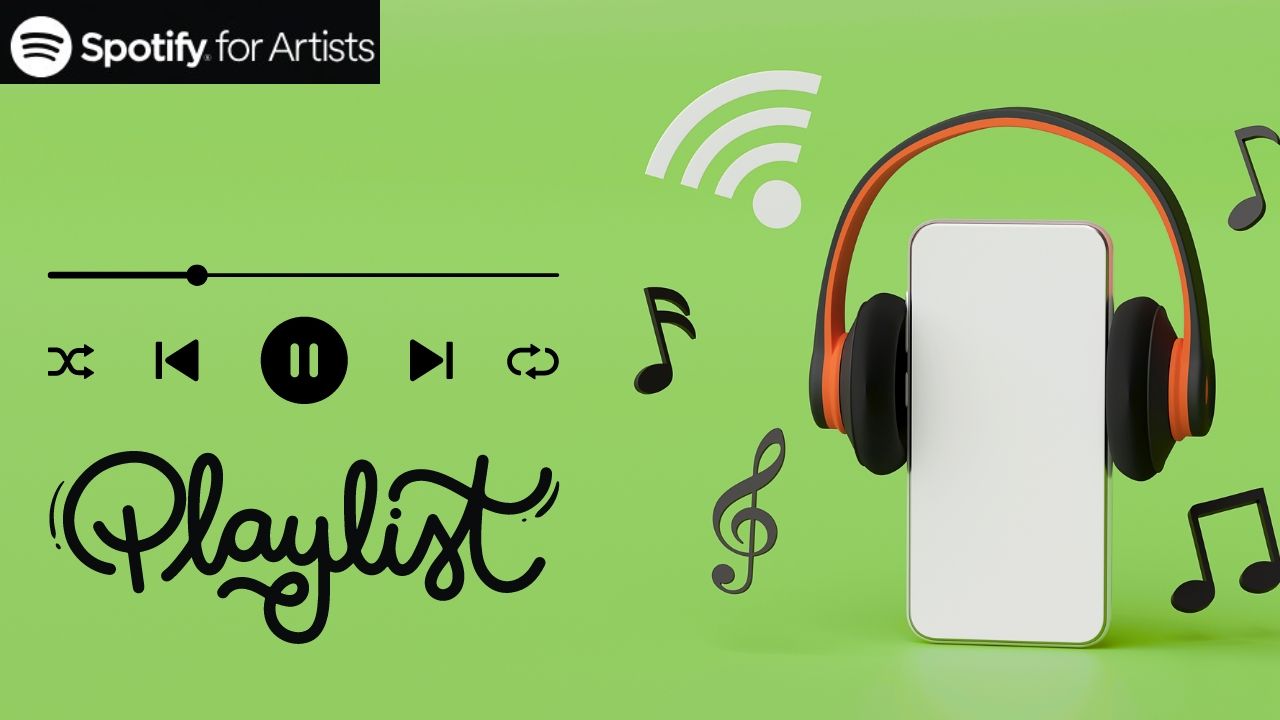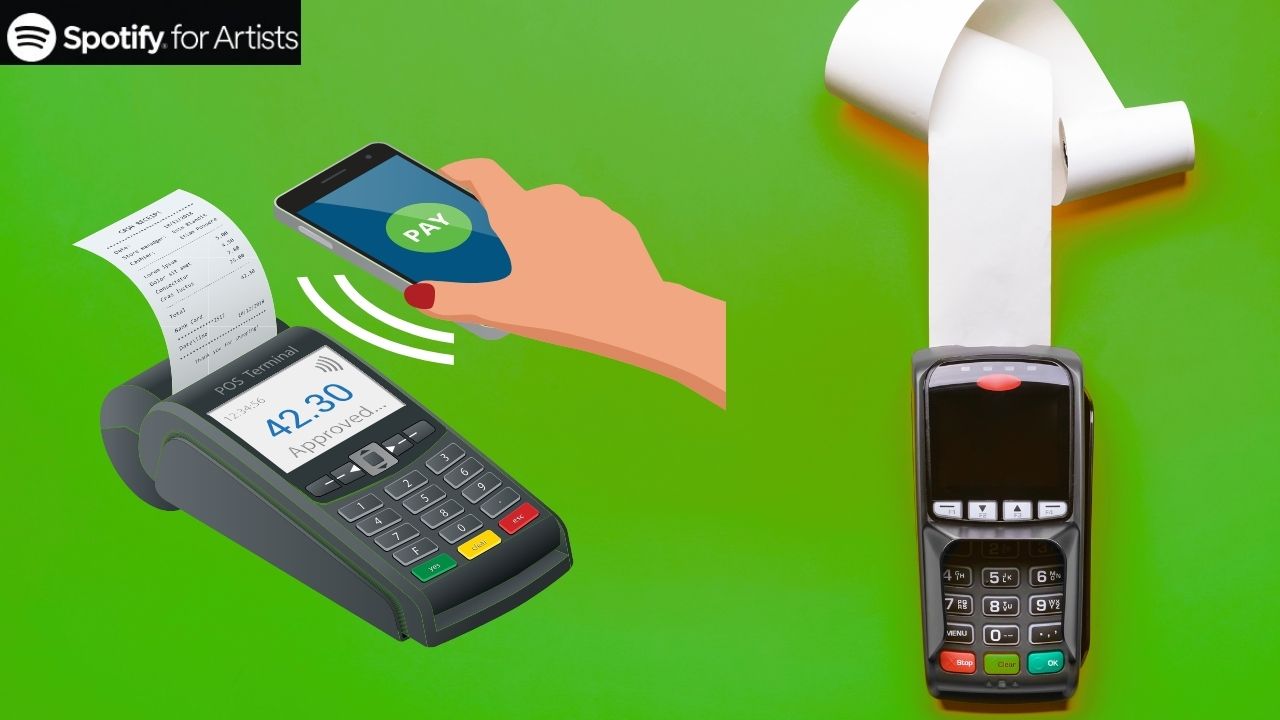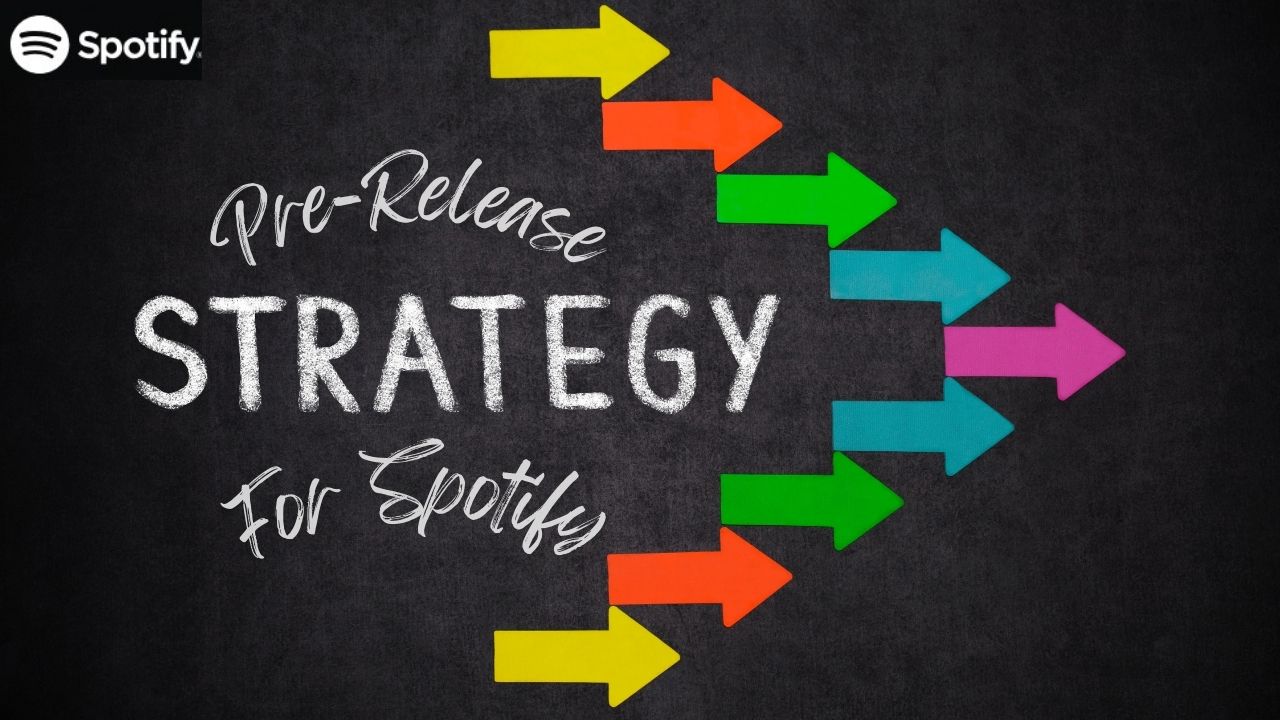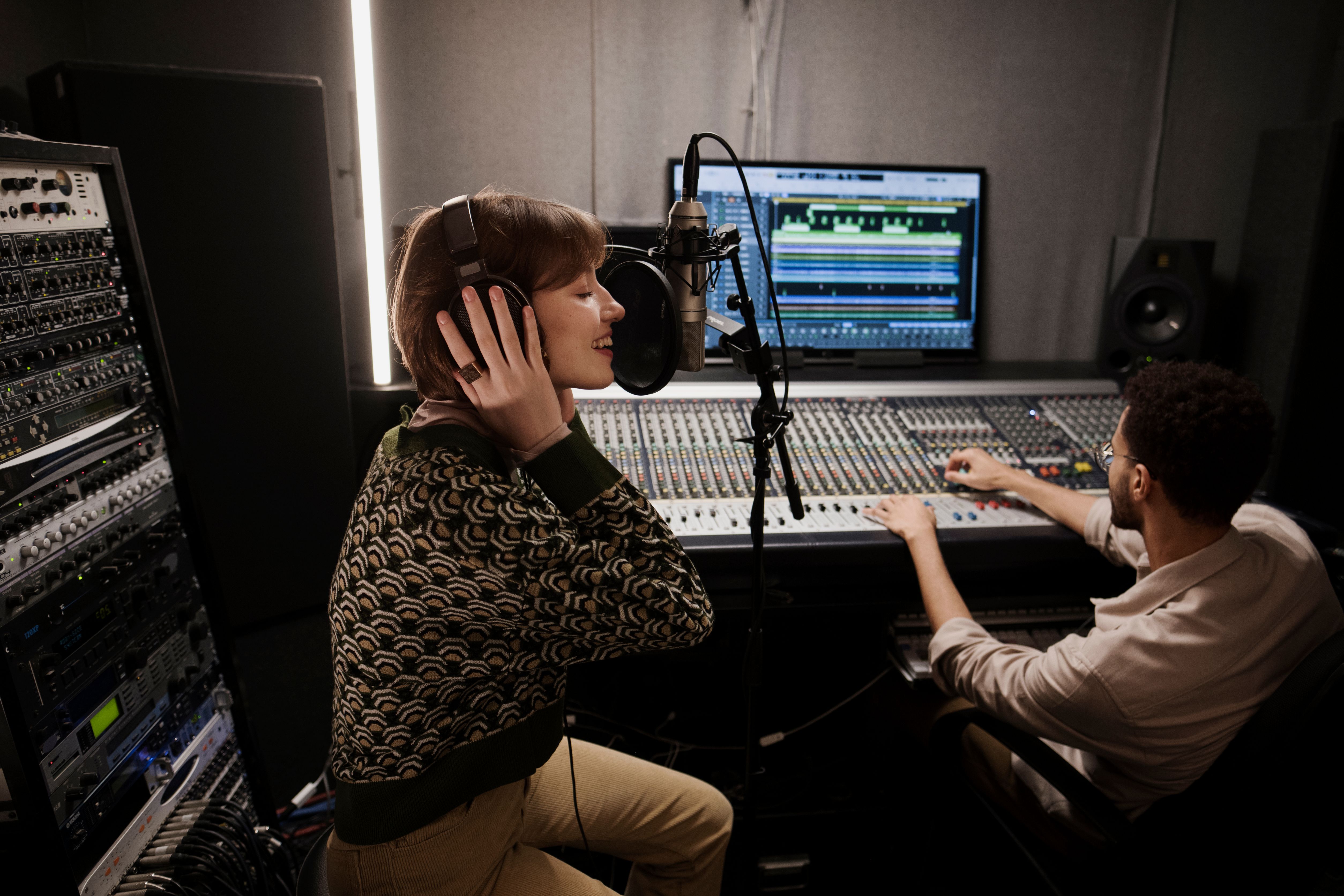Alexa, what do you mean by voice strategy? A voice strategy for your music is a set of tactics designed to reach audiences using voice devices. As people increasingly adopt these voice-controlled devices for various uses, it becomes crucial to adjust marketing content to meet their evolving needs and expectations.
Why Voice Strategy for Your Music is Important
Voice search is becoming a popular way to listen to music. Many households have smart speakers and use Siri, Echo, or Google Home to listen to songs. It’s also quite popular with the older generation because it’s very easy to use—you just have to talk to it. Thus, developing a voice strategy for your music should be an important element in marketing your music.
Advantages of Voice Strategy
- Ease of Access: Voice commands make it simple for users to access your music.
- Wider Audience Reach: By optimizing for voice search, you can reach a broader audience, including those who prefer voice interactions over traditional methods.
- Enhanced User Engagement: Voice interactions can offer a more personal and engaging user experience.
How to Start Working on Your Voice Strategy for Your Music
1. Know Your Audience
Understanding your audience is the first step in developing an effective voice strategy for your music. You need to consider what your audience likes and consumes. For instance, if they enjoy podcasts, you can offer a commentary along with your album for your audience to enjoy. Promotions can also feature interviews or live recordings. Knowing what type of content your audience engages with the most will provide key insights to use in your voice targeting strategy.
- Research Demographics: Identify the age, location, and preferences of your audience.
- Content Preferences: Understand if your audience prefers podcasts, interviews, or live recordings.
- Interaction Habits: Analyze how your audience interacts with voice devices.
2. Metadata is Important
Detailed metadata is essential to ensure your music is easily found by your fans using voice technology. Tag your tracks with all the basic information like artist name, song name, and album name, as well as writers, composers, etc. Check your input for accuracy as incorrect information or missing categories can make it harder for your fans to find your tracks, and the algorithm might limit the placement of your content. Analyze each track for critical metadata points that match popular consumer behaviors like the song’s theme, genre, etc.
- Complete Metadata: Ensure all relevant information is included.
- Accuracy: Double-check for any errors or missing data.
- Consumer Behaviors: Match metadata with common search behaviors.
3. Use Social Media to Inform Your Fans About Voice Search
Create posts on your social media handles to show your audience how they can access your tracks. Post a video asking your smart speaker to play your song. If your song is featured in any top playlist on iTunes or Spotify, promote it by asking Siri or Google Home to play it for you. The idea is to include voice search in your social media marketing as well.
- Demonstration Videos: Show how to use voice search to play your music.
- Playlist Promotion: Highlight features in top playlists and how to access them via voice commands.
- Engaging Posts: Create interactive content that encourages fans to use voice search.
4. Focus on the Older Demographic as Well
People in the 30+ age bracket are the ones who actually buy these smart speakers, so it’s a good idea to cater to their needs as well. Think of ways to attract older audiences by maybe talking about the inspiration for your track or if there’s a story behind it. If your music doesn’t necessarily target them, make sure your marketing reaches them so that you are heard.
- Storytelling: Share the inspiration and stories behind your music.
- Targeted Marketing: Create campaigns that appeal to older demographics.
- Ease of Use: Highlight the simplicity of using voice commands to access your music.
Additional Strategies for Enhancing Your Voice Strategy for Your Music
Voice-Optimized Content Creation
Creating content that is optimized for voice search can significantly enhance your visibility. Use natural language that people are likely to use when speaking to their devices. This includes using long-tail keywords and phrases that resemble spoken queries.
- Natural Language: Use conversational phrases.
- Long-Tail Keywords: Focus on specific, spoken search queries.
- Content Structure: Organize content to answer common questions directly.
Collaborate with Influencers
Collaborating with influencers who have a strong presence on voice platforms can help amplify your reach. Influencers can create content featuring your music and demonstrate how to access it using voice commands.
- Influencer Partnerships: Identify and collaborate with influencers.
- Voice Demonstrations: Have influencers show how to use voice search for your music.
- Extended Reach: Leverage influencer audiences for greater visibility.
Use Voice Ads
Voice ads are an emerging trend that can help you reach users directly through their smart speakers. These ads can promote your latest releases, upcoming concerts, or special offers.
- Voice Advertisements: Create ads specifically for voice platforms.
- Promotions: Use voice ads to highlight new releases or events.
- Direct Engagement: Reach users in their homes through smart speakers.
Monitor and Analyze Voice Search Performance
Regularly monitor and analyze the performance of your voice strategy. Use analytics tools to track how users are finding and interacting with your music through voice search.
- Analytics Tools: Use tools to track voice search metrics.
- Performance Monitoring: Regularly review and adjust strategies based on performance data.
- User Feedback: Collect feedback from users to improve the voice search experience.
Integrate with Voice-Activated Playlists
Getting your music included in popular voice-activated playlists on platforms like Spotify and Apple Music can boost your visibility. These playlists are often promoted by the platforms and can be accessed easily through voice commands.
- Playlist Inclusion: Work to get your music on voice-activated playlists.
- Platform Promotions: Leverage platform promotions for increased visibility.
- Easy Access: Ensure your music is easily accessible through voice commands.
Conclusion
Developing a voice strategy for your music is essential in today’s digital landscape. By understanding your audience, optimizing metadata, utilizing social media, and focusing on a broad demographic, you can ensure your music reaches a wider audience. Embrace the technological shifts and keep your promotion game strong with a comprehensive voice strategy.
By following these steps and continually adapting to new trends, you can create a successful voice strategy for your music that keeps your audience engaged and your brand growing.
- For more insights on Digital Music Distribution, check out our comprehensive guide.
- Learn about SEO Tips for Musicians to improve your online presence.
By integrating these strategies, you will be well on your way to developing a robust and effective voice strategy for your music. Keep your content fresh, engage with your audience, and leverage the power of voice technology to stay ahead in the music industry.























Leave a Reply